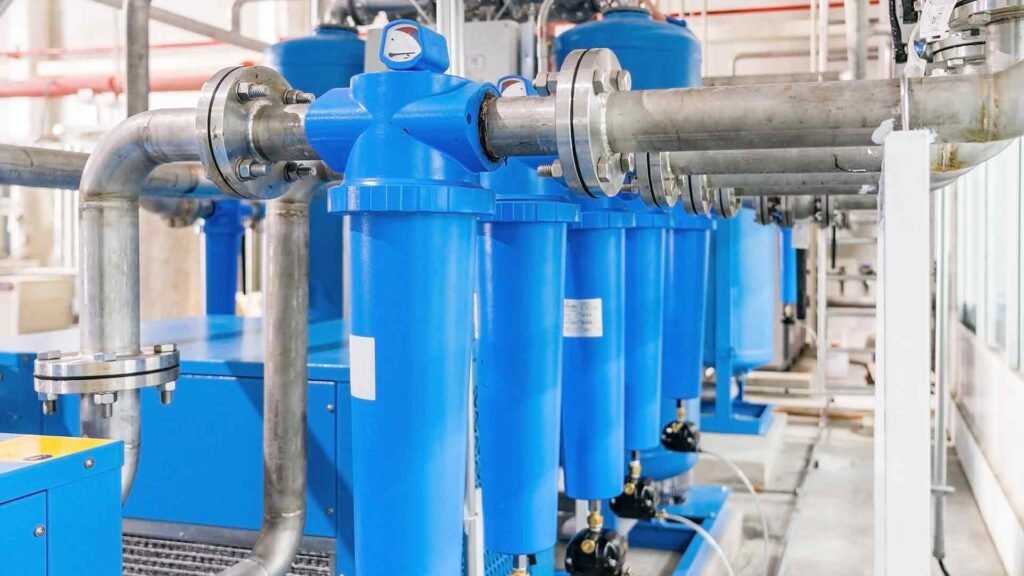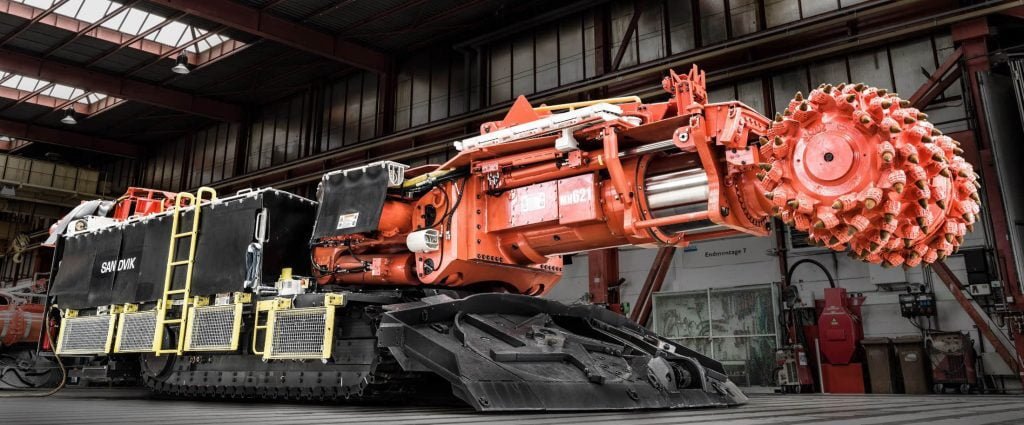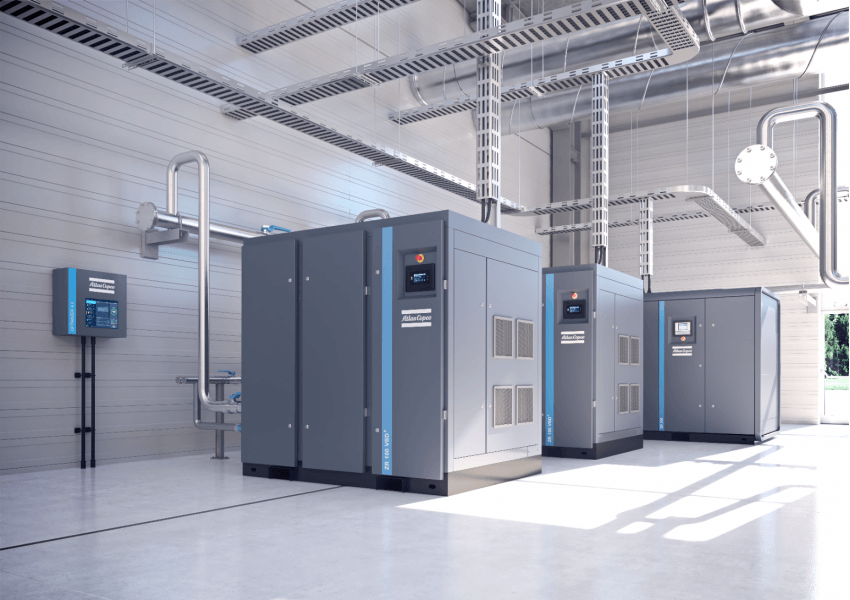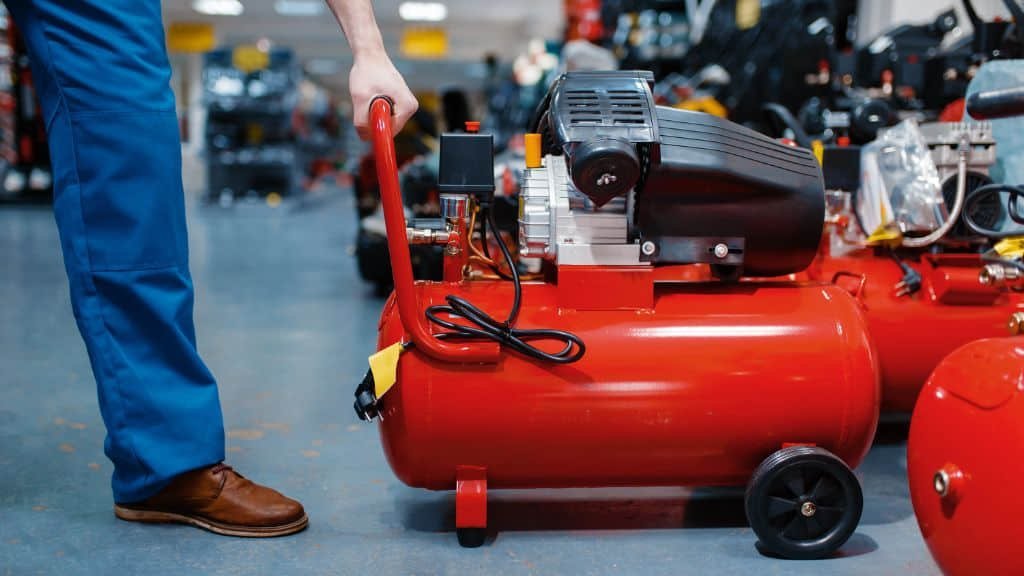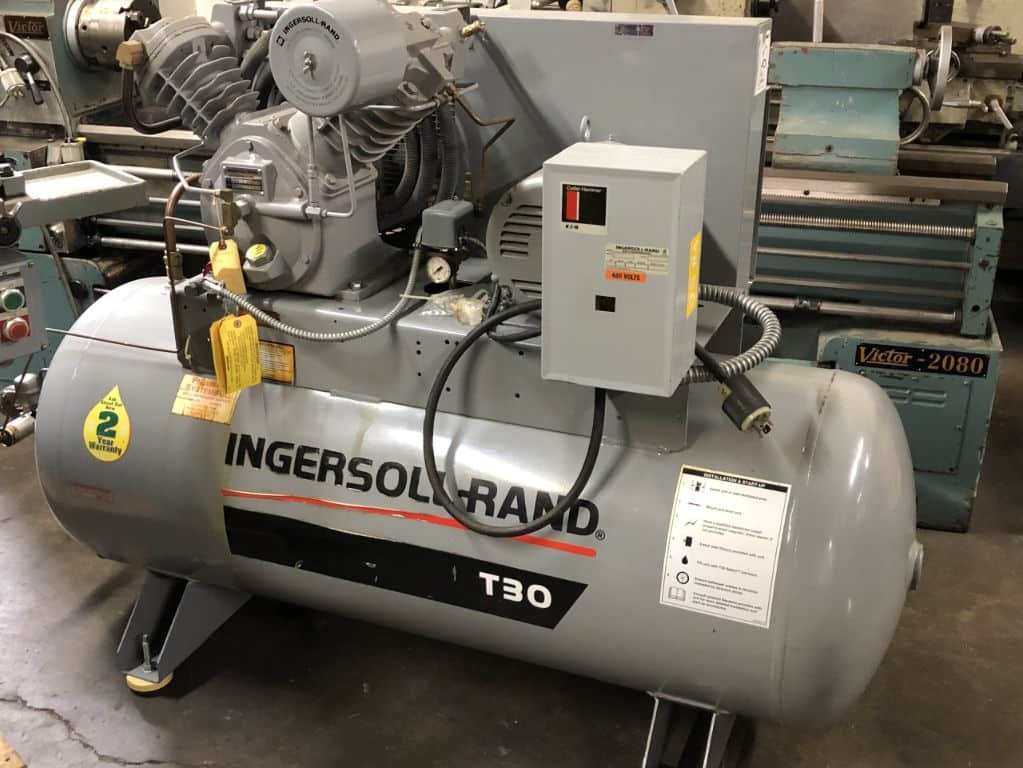Air dryers are essential components of air compressors, providing a solution to a common byproduct – moisture. This moisture can cause a range of negative effects, from spoiling paint finishes to causing rust in tools or even premature system failure. In this article, we’ll explore the importance of air dryers for air compressors and how to choose the right one for your needs.
The Importance of Air Dryers
Why Install an Air Dryer for Your Compressor?
Moisture entering your process can have several unwanted effects, causing headaches for maintenance and purchasing managers. These effects can cut into your bottom line, as the cost of a new air dryer is often cheap compared to a loss of production and replacement machinery.
Choosing the Right Air Dryer
Air dryers are sized based on a combination of temperature and capacity within a system. If the incoming air and room temperatures are greater than 100 degrees Fahrenheit, a high-temperature air dryer is recommended. If the temperatures are less than 100 degrees Fahrenheit, a non-cycling or cycling refrigerated air dryer is recommended.
Here’s a typical sizing chart for related piston and rotary screw air compressors:
- 5 horsepower air compressor = 20 CFM air dryers
- 7.5 horsepower air compressor = 30 CFM air dryers
- 10 horsepower air compressor = 30 to 49 CFM air dryers
- And so on…
Servicing an Air Dryer
Refrigerated air dryers, similar to home refrigerators, require regular maintenance. Cleaning out the coils weekly, or at least once a month, ensures the drain is working properly and not sticking open, likely extending the life of your tool.
Conclusion
Air dryers play a crucial role in maintaining the efficiency and longevity of your air compressor. By understanding their importance and how to choose and maintain the right one, you can prevent moisture-related issues and ensure smooth operation.
FAQs
- Why do I need an air dryer for my air compressor? An air dryer helps to remove moisture, a common byproduct of air compressors. This prevents negative effects like spoiling paint finishes, causing rust in tools, or prompting premature system failure.
- How do I choose the right air dryer for my air compressor? Air dryers are sized based on a combination of temperature and capacity within a system. The choice between a high-temperature air dryer and a non-cycling or cycling refrigerated air dryer depends on the incoming air and room temperatures.
- How do I service an air dryer? Regular maintenance, such as cleaning out the coils weekly or at least once a month, is recommended. This ensures the drain is working properly and not sticking open, likely extending the life of your tool.
- Can moisture from an air compressor affect my bottom line? Yes, moisture entering your process can have several unwanted effects, causing headaches for maintenance and purchasing managers. These effects can cut into your bottom line, as the cost of a new air dryer is often cheap compared to a loss of production and replacement machinery.
- What are the typical sizes for air dryers based on the horsepower of air compressors? Air dryers come in various sizes based on the horsepower of air compressors. For example, a 5 horsepower air compressor typically requires a 20 CFM air dryer, while a 7.5 horsepower air compressor requires a 30 CFM air dryer.
